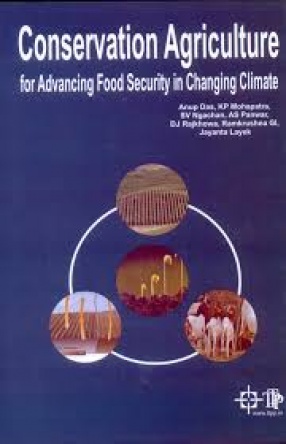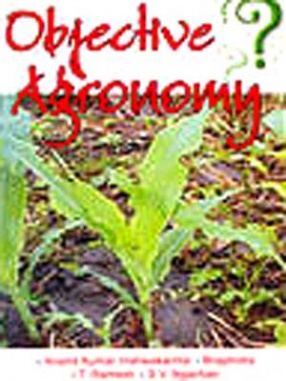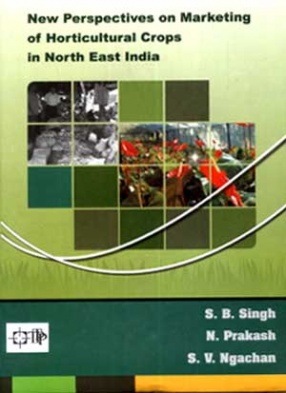Conservation Agriculture for Advancing Food Security in Changing Climate (In 2 Volumes)
Attaining food security for a growing population and alleviating poverty while sustaining agricultural systems under the current scenario of depleting natural resources, negative impacts of climatic variability, spiraling cost of inputs and volatile food prices are the major challenges before most of the Asian countries. The Indian agricultural production system faces the daunting task of having to feed 17.5 percent of the global population with only 2.4 per cent of land and 4 per cent of the water resources at its disposal. It is estimated that by 2050, the country’s food grain requirement will be 377 million tonnes (mt) to feed about 1.7 billion populations as against present production of 272 mt (2016-17). With the continuously degrading natural resource base compounded further by global warming and associated climate changes “business as usual” approach will not be able to ensure food and nutrition security to the vast population. The challenge is formidable because more has to be produced with reduced carbon and water footprints. Sustainability of agricultural systems is paramount importance for provisioning of food for perpetuity. The principal indicators of non-sustainability of agricultural systems includes: soil erosion, soil organic matter decline, salinization, acidification etc. These are caused mainly by: (i) intensive tillage induced soil organic matter decline, soil structural degradation, water and wind erosion, reduced water infiltration rates, surface sealing and crusting, soil compaction, (ii) insufficient return of organic material, and (iii) mono-cropping and imbalanced use of various agricultural inputs. Therefore, a paradigm shift in farming practices through eliminating unsustainable parts of conventional agriculture is crucial for future productivity gains while sustaining the natural resources. Rainfed areas, which constitute about 61% of the gross cultivated area, contribute only 42% to the total food production, while 39% of the irrigated area accounts for 58% of the national food basket. The challenge before the Indian agriculture, is to transform rainfed farming into more sustainable and productive systems through efficient use of natural resources. To achieve this, harnessing the potential of integrated farming systems, integrated nutrient management, and integrated water management needs to be undertaken from conservation point of view through location specific technologies. Conservation agriculture (CA) is a way to cultivate crops, based on no vertical perturbation of soil (zero and conservation tillage), with crop residue management and cover crops, in order to offer a permanent soil cover and a natural increase of organic matter content in surface horizons. CA is based on optimizing yields and profits, to achieve a balance of agricultural, economic and environmental benefits. It advocates that the combined social and economic benefits gained from combining production and protecting the environment, including reduced input and labor costs are greater than those from production alone. CA is reported to reduce production cost by Rs. 2,000 to 3,000/ha, enhance soil quality, C sequestration and build-up in soil organic matter, enhance water and nutrient use efficiency, reduce greenhouse gas emission and improve environmental sustainability, provide opportunities for crop diversification and intensification and improve resource use efficiency through residue decomposition, soil structural improvement, increased recycling and availability of plant nutrients. The C-sequestration potential of CA is estimated to be 1.8 t CO2/ha/year. By sequestering of 1 tonne carbon in humus, it is possible to conserve 83.3 kg N, 20 kg P and 14.3 kg S/ha. Therefore, management of carbon not only helps in sequestration of carbon but also helps in restoring soil fertility. However, lack of appropriate seeders, competing use of crop residues; burning of crop residues and lack of skilled and scientific manpower and inappropriate extension strategies are the major bottlenecks in popularizing CA in India. The present book on ‘Conservation Agriculture for Advancing Food Security in Changing Climate’ being published in two volumes (Vol.1 & 2) deals with various aspects of CA in relation to efficient use of natural resources, crop diversification, complementary interactions among crop-livestock-tree components, soil and water conservation, rehabilitation of degraded lands, improving soil quality, climate smart farming and socio-economical perspectives. Experts and researchers from different agro-climatic zones of the country contributed chapters to enrich the quality of book. The book is divided into eight sections with each section having multiple chapters to cover the section appropriately.
Get it now and save 10%
BECOME A MEMBER









Bibliographic information
KP Mohapatra
S V Ngachan